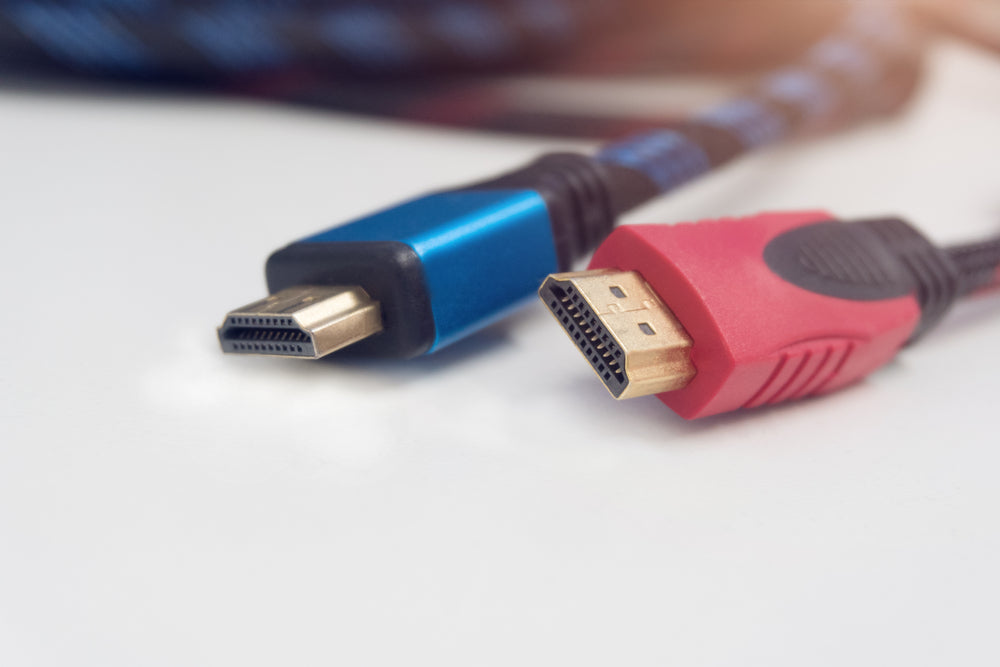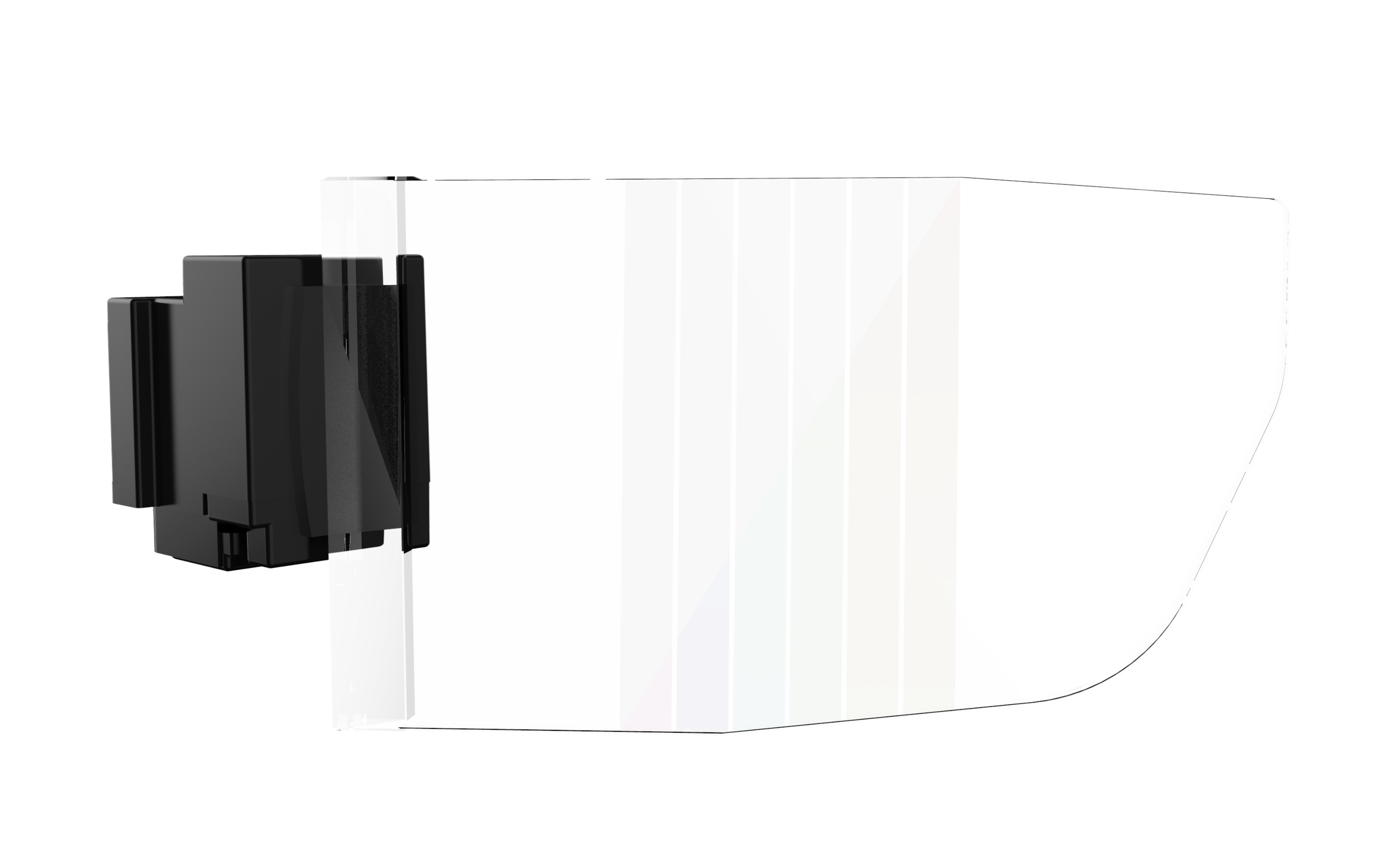
Waveguides for light can primarily be classified into two categories: Geometric Waveguides and Diffractive Waveguides. Geometric Waveguides, also known as array waveguides, achieve image output an...

In the world of virtual and augmented reality, developers are constantly seeking new ways to create immersive and engaging experiences for users. With the advent of XR (Extended Reality) technol...
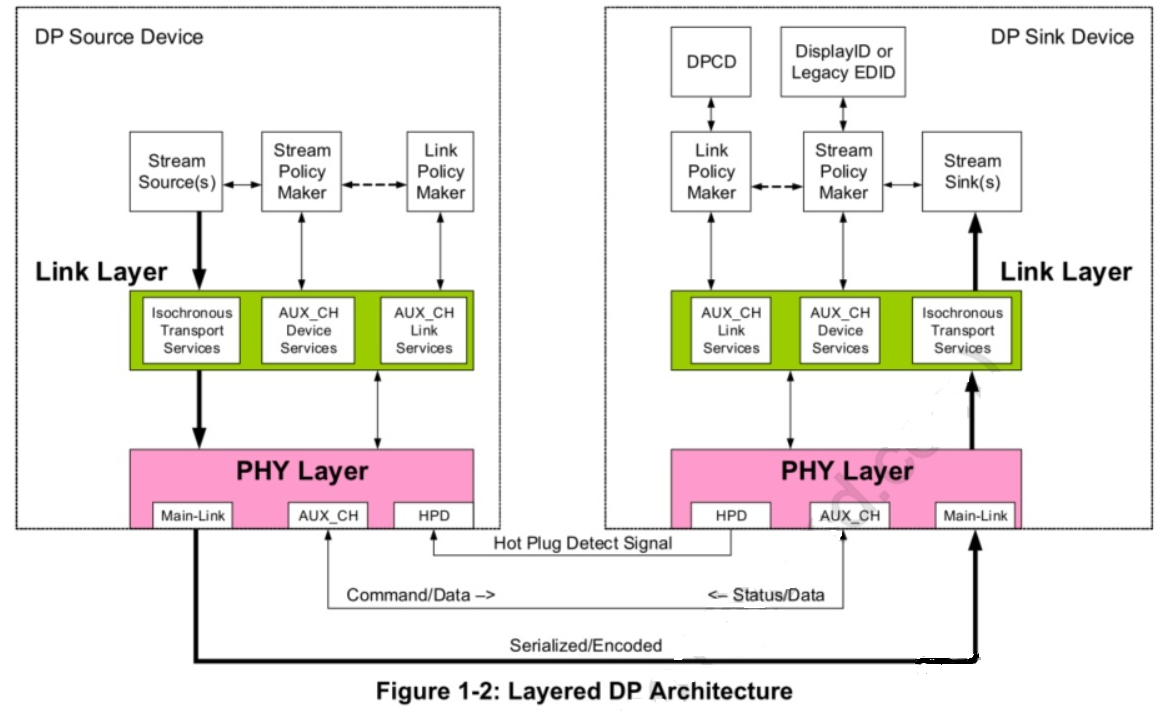
DisplayPort (DP) protocol is a high-speed serial interface standard for digital audio and video transmission, developed by VESA (Video Electronics Standards Association) DisplayPort was originally ...
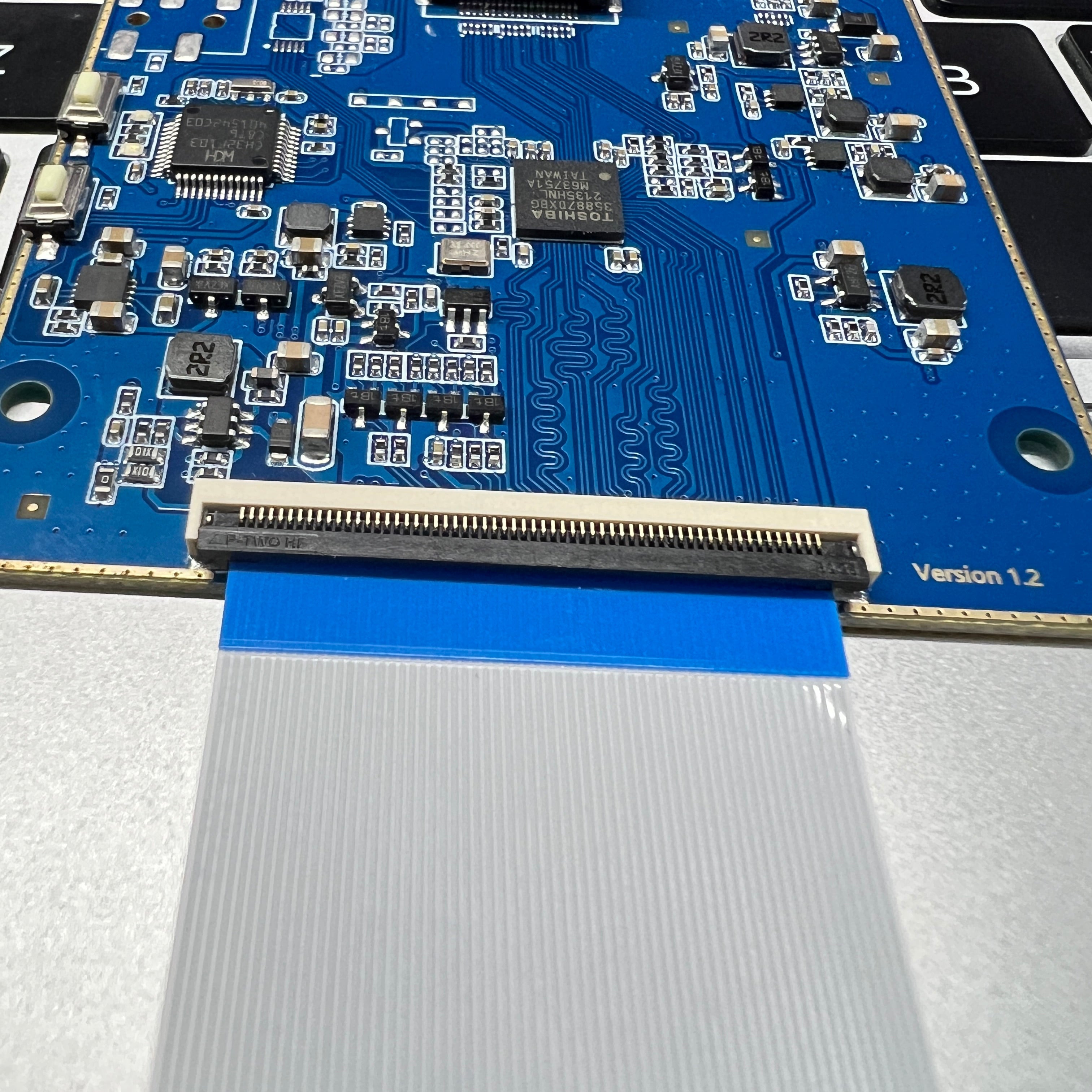
MIPI DSI, a serial interface by MIPI Alliance, connects SoCs to displays in smartphones/tablets. It uses 1-4 data lanes (1.5Gbps/lane), maxing at 6Gbps total, slashing pin count while transmitting ...
HDMI interface is the most common interface of hardware equipment, including projector, TV, box, player and so on a variety of hardware devices, are necessary HDMI interface. The HDMI interface is ...
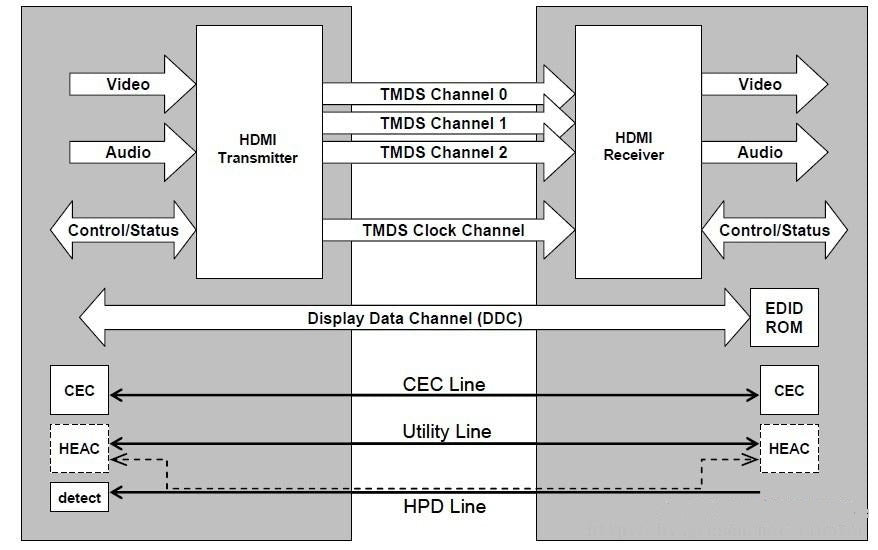
Overview HDMI (High-Definition Multimedia Interface) is a standardized protocol for transmitting high-quality digital audio and video signals between devices. It was first introduced in 2002 and ha...

Field of View (FOV) determines how much virtual content AR glasses display—consumer models hit 30-50°, premium reach 70°+. Wider FOV lets users see navigation cues or alerts without turning, enhanc...
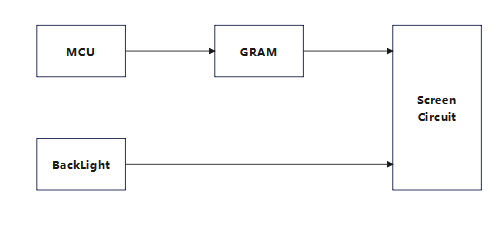
Introduction The screen that uses this interface is usually equipped with a driver chip, such as ILI9488, ILI9341, SSD1963, etc. The driver chip has its own video memory, so the MCU just needs to p...

Imagine driving down a highway, and instead of looking at a screen for navigation, the directions appear right on your windshield. Or, while shopping, you see product information floating in front...


